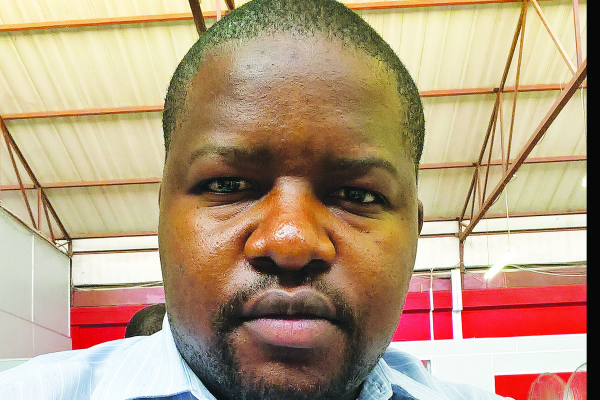
LAST week, the country’s largest seed manufacturer, Seed Co, reported lower than expected levels of seed production due to disease and bad weather, which could be foreboding for lower agricultural yields this year.
By TATIRA ZWINOIRA
Since November 2017, President Emmerson Mnangagwa has been touting an economic turnaround based on agriculture, which might not be backed by what is really happening on the ground.
So confident was the government about the prospects of agriculture sector that they pegged growth for the sector at double digits — 10, 7%.
However, with Seed Co reporting lower levels of seed production this seems to have renewed the possibility that this year will be distressed.
“The current seed production levels may be below targeted levels, as some yield was lost due to disease pressure, poor pollination due to high temperatures experienced during the mid-summer drought in January and excessive moisture as crops were reaching maturity.
“However, the group is optimistic that the inventory available will be able to meet anticipated demand,” Seed Co said in a statement accompanying their results last week.
These lower levels of seed production led to Seed Co recording a 5% decline in turnover for its financial year ending March 31, 2018 compared to the similar period recorded last year.
- Chamisa under fire over US$120K donation
- Mavhunga puts DeMbare into Chibuku quarterfinals
- Pension funds bet on Cabora Bassa oilfields
- Councils defy govt fire tender directive
Keep Reading
“The total group turnover retreated by 5% compared to prior year largely due to product shortages.
“The revenue for continuing operations increased by 7% due to strong demand for seed that outstripped supply driven mainly by both retail and government input programmes in Zimbabwe,” Seed Co said.
“A combination of product shortages and mid-season drought experienced in Southern Africa resulted in 15% overall reduction in volumes for regional business being unbundled.”
Despite posting revenue of $63,32 million for the period under review from the 2017 comparative of $73,25 million, SeedCo still managed a 4,92% increase profit after tax due to better efficiencies.
With the report in mind, the government may have failed to take into account external factors such as weather conditions, which are critical to crop production.
Early warning system, FewsNet said while the 2017/18 rainfall season officially ended in March, April was generally dry.
“The 2017-18 rainfall season officially ended on March 31. Unlike last yea,r when rains were received up to May in some areas, this April was generally dry with some light showers in isolated places.
“Harvesting of the early-planted crop has started in most areas.
“However, crops planted later in the season, with the February rains, are still in the vegetative and reproductive stages,” FewsNet said.
“Based on FewsNet’s pre-harvest assessments and other sources, production prospects for maize and other crops for the 2018 harvest are below average in most areas due to the prolonged dry spell in December and January, among other factors.
“In some southern areas, anticipated harvests will be very low, and some households are expected to have no harvests.
“Water availability and access are still good in most areas, especially in the north, allowing households to increasingly engage in livelihood activities like gardening while on-farm activities begin to decrease.
“However, in parts of the south and other typically arid areas, water challenges have started to increase.”
FewsNet said despite harvesting of the early-planted maize crop had started in some areas, while late-planted crops are expected to have a later harvest. Maize production prospects for the 2017-18 cropping season remained below average.
This was mainly as a result of abnormal dryness in December and January.
The government is pinning its hopes on agricultural revival, but looking at the performance of the sector, experts say authorities need to be more realistic.
Accepting such realism would lead to government investigating climate combating techniques such as increasing hybrid seed, which has seen success in areas such as Murehwa, a township in located 87 kms northeast of the capital.
As farming is the main economic activity in Murewa, a lot of farmers are slowly moving more towards hybrid maize to combat any potential effects of climate change with impressive results.
For example, in the Chiweshe village of Murewa, 68-year-old Honest Musafare Chiweshe grows a unique hybrid maize seed that allows for intercropping.
This has not only increased his crop yields by between 20% and 30%, but it has also allowed him grow legumes as an added benefit.
Such results are the reason there is demand for hybrid maize, as farmers have woken up to the reality of climate change.
Hybrid seed is more resistant to drought and can boost yields by at least 20%.
Yet, government has done little in the area of hybrid seed.
Just yesterday, NewsDay reported how the Scientific and Industrial Research and Development Centre said demand for hybrid maize for the upcoming 2018/19 has grown to 1 000 tonnes from 600 at the start of the season.
If nothing is done to improve the situation soon, the government may be left with another failed crop at the end of this season.











